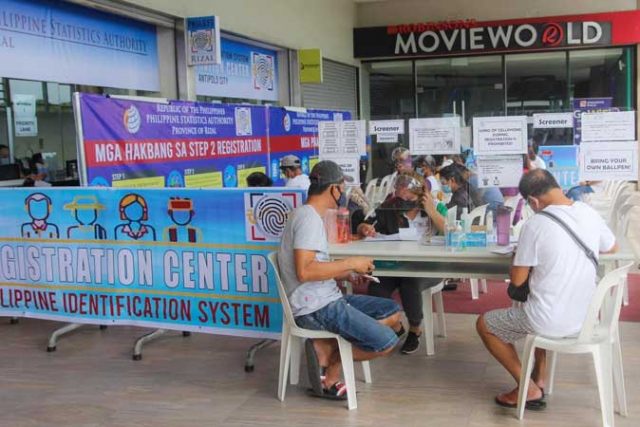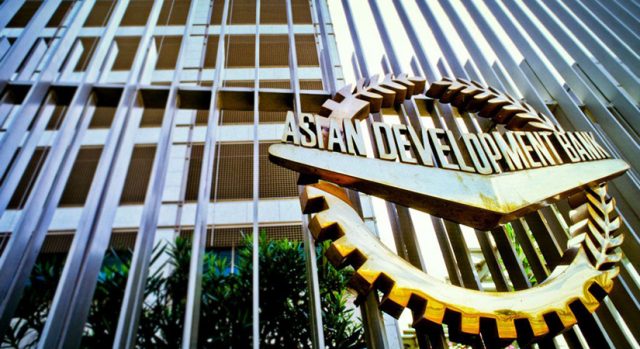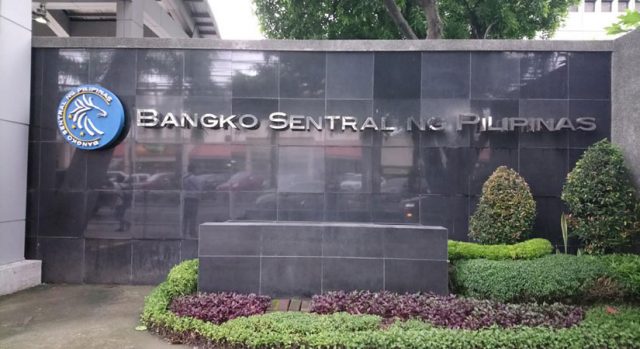WESM charges drive Meralco rates higher in July
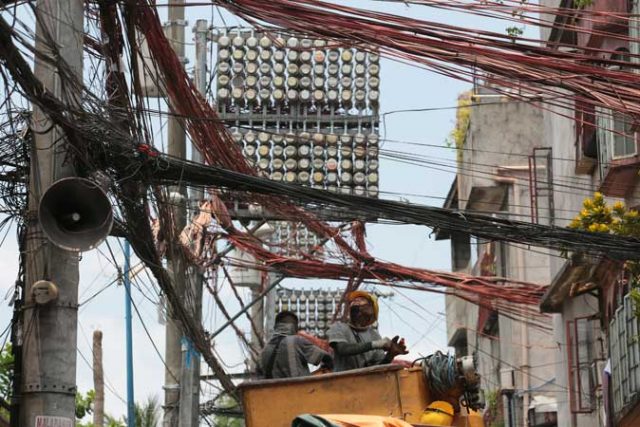
Typical households in Metro Manila will see their electricity bills increase by around P47 this month, after Manila Electric Co. (Meralco) announced a power rate hike due to “persistently high” charges in the spot market.
In a statement on Friday, Meralco said that the overall rate hit P8.9071 per kilowatt-hour (kWh), higher by P0.2353 per kWh from June’s rate of P8.6718 per kWh.
A typical household that consumes 200 kWh will pay P47 more in July, while households consuming 300 kWh, 400 kWh and 500 kWh can expect to see their power bills increase by around P71, P94 and P118, respectively.
The utility giant said that wholesale electricity spot market (WESM) charges remained elevated at P8.7424 per kWh due to tight supply conditions in Luzon amid the ongoing natural gas supply restriction in the offshore Malampaya project.
From May 31 to June 2, the Luzon grid experienced a series of red and yellow alerts, following unexpected plant outages which shaved off up to 4,000 megawatts (MW) from the grid, and a rise in power demand.
“As a result of these, WESM prices were persistently high for extended periods, almost doubling the times when the secondary price cap was imposed during the June supply month,” Meralco said.
According to the company, spot market prices drove up the firm’s generation charges this month to P4.8707 per kWh, a P0.2536 increase from last month’s P4.6171 per kWh.
Meralco added that charges from independent power producers (IPPs) went up by P0.1929 per kWh as plants affected by the Malampaya gas restriction resorted to using liquid fuel, which are more costly, to avert longer “brownouts.” IPP charges also rose as the peso depreciated against the dollar.
Meanwhile, the cost of power from power supply agreements declined by P0.0521 per kWh.
WESM, IPPs, and PSAs accounted for 7.8%, 39.5%, and 52.7% of Meralco’s power requirements in July, respectively.
Transmission charges fell by P0.1463 per kWh as ancillary service or reserve charges “significantly decreased.”
Taxes and other charges increased by P0.1280 per kWh.
Meralco said that it is not billing the universal charge-environmental charge to consumers as collection remains suspended, as ordered by the Energy Regulatory Commission (ERC).
The firm’s distribution, supply, and metering charges, have stayed unchanged for 72 months, after registering the reductions in July 2015.
Meralco reiterated that it does not earn from the pass-through charges, which include the generation and transmission charges.
“Payment for the generation charge goes to the power suppliers, while payment for the transmission charge goes to the NGCP (National Grid Corp. of the Philippines). Taxes and other public policy charges like the Universal Charges and the FIT-All (feed-in tariff allowance) are remitted to the government,” it said.
REFUND
Meralco’s ongoing refund of distribution charges cushioned the rise of the overall power rates in July, the firm said.
The refund, which the energy regulator ordered Meralco to implement beginning March, is based on the difference between the actual weighted average tariff and the ERC’s interim average rate for distribution charges covering the period July 2015 to November 2020.
“The ERC provisionally approved Meralco’s proposal to refund around P13.9 billion over a period of 24 months or until the amount is fully refunded…For residential customers, the refund rate is P0.2761 per kWh and appears in customer bills as a line item called Dist True-Up,” the firm said.
Shares of Meralco slipped 2.06% or P5.8 to close at P275.20 apiece on Friday.
Meralco’s controlling stakeholder, Beacon Electric Asset Holdings, Inc., is partly owned by PLDT, Inc.
Hastings Holdings, Inc., a unit of PLDT Beneficial Trust Fund subsidiary MediaQuest Holdings, Inc., which has interest in BusinessWorld through the Philippine Star Group, which it controls. — Angelica Y. Yang

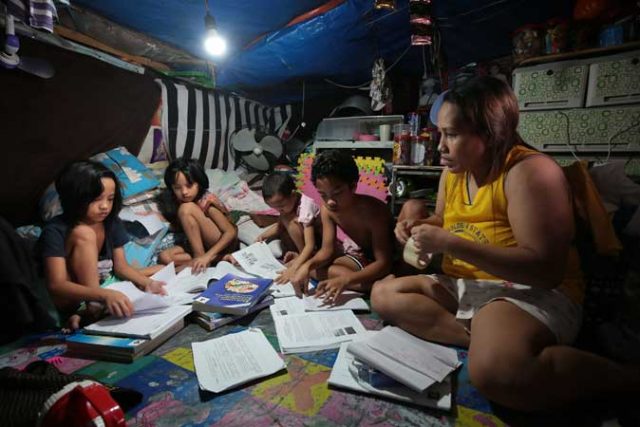
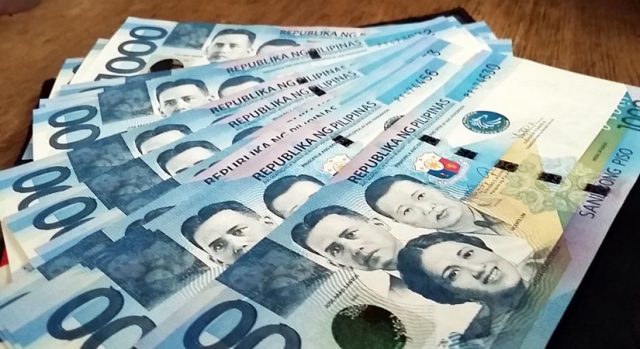



 Listed Da Vinci Capital Holdings, which will soon be renamed as The Keepers Holdings, Inc., is keen on expanding its imported spirits portfolio.
Listed Da Vinci Capital Holdings, which will soon be renamed as The Keepers Holdings, Inc., is keen on expanding its imported spirits portfolio. 
